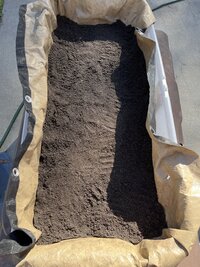Mr.Shenanagins
Member
This is for all those weary of setting up a dirted style tank, the results speak for itself. This tank has a base layer of crushed lava rock, pond soil (DynaDirt-US based pond lily soil), and capped with blasting sand. I used @Tim Harrison method of laying down a soil retainer between the soil and sand, and NEVER have issue with the soil surfacing. Tank has been running since the spring, and I’ve removed and added plants here and there to my liking.
So take the dive, and enjoy!


So take the dive, and enjoy!




